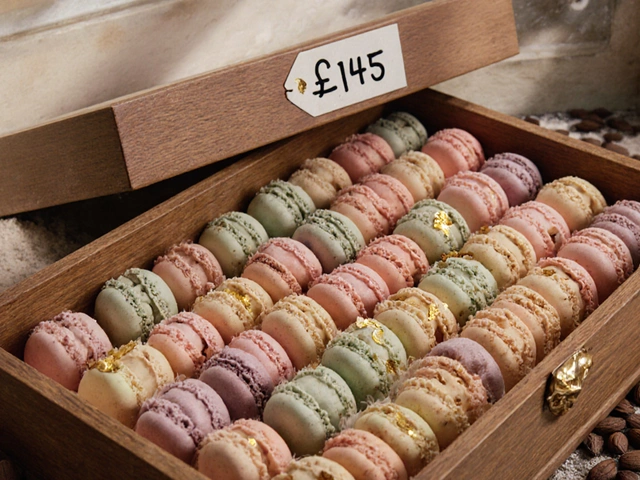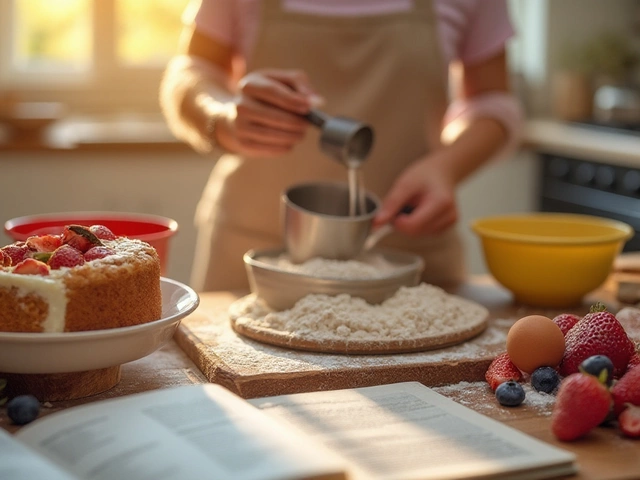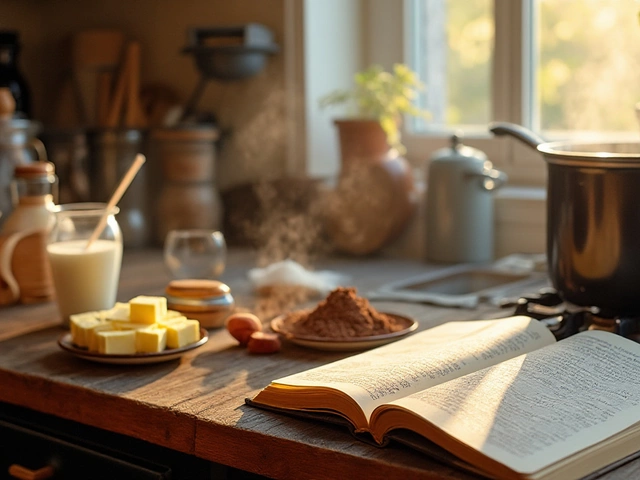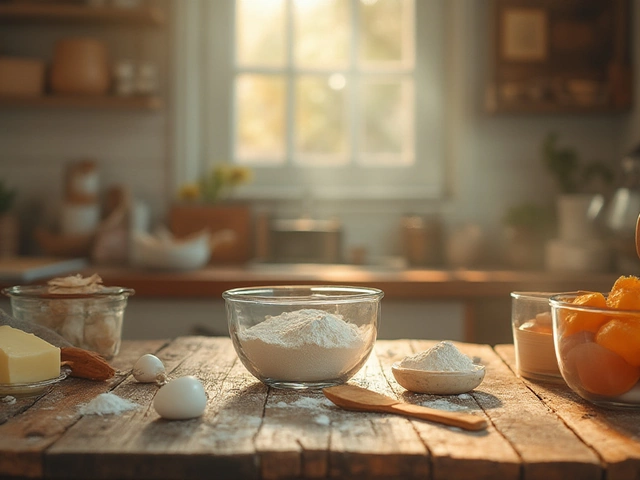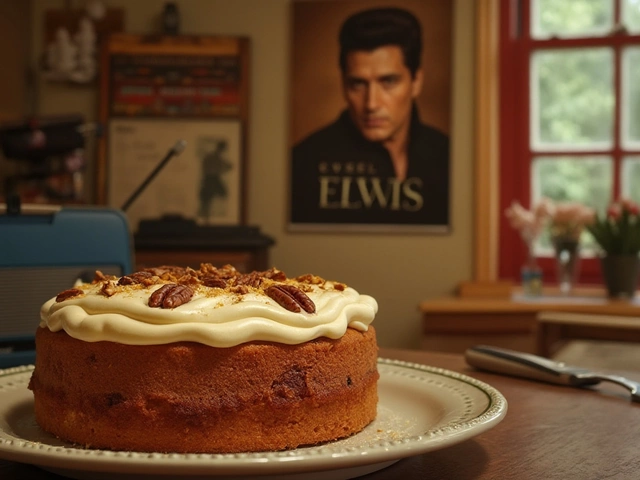French desserts – Your guide to sweet French classics
When you think of French desserts, you probably picture delicate macarons, glossy tarts, and caramelized custards. The good news? You don’t need a Parisian bakery to enjoy them. Most of these treats can be made at home with a few simple steps and a little patience. Below you’ll find the most popular French sweets, plus practical tips that keep the results tasty and stress‑free.
Classic French desserts you’ll love
Macarons are the poster child of French pastry. They’re tiny, colorful, and have a crisp shell with a soft, chewy inside. The trick is to beat the egg whites to a stiff but glossy peak and fold in almond flour gently – over‑mixing will make them flat, under‑mixing will give a cracked top. If you’re new to them, start with a basic vanilla or chocolate flavor before moving to more exotic fillings.
Crème brûlée is another favorite. A rich custard topped with a thin caramelized sugar layer makes a satisfying contrast of textures. Heat the cream gently, whisk in egg yolks and sugar, then bake in a water bath. When you’re ready to serve, sprinkle a thin sugar layer and torch it until golden. The torch step is fast, so you won’t over‑cook the custard underneath.
Tarte Tatin flips the usual fruit tart upside down. Caramelize apples (or pears) in butter and sugar, then cover with pastry and bake. After it cools, invert the tart to reveal glossy fruit on a buttery crust. The key is to use firm fruit that holds its shape and a pastry that’s sturdy enough for the upside‑down bake.
Tips for making French desserts at home
Temperature matters. For custards like crème brûlée, keep the oven temperature low (around 150 °C/300 °F) and use a water bath to prevent curdling. When you’re working with chocolate, melt it slowly over a bain‑marie – high heat will make it seize.
Measure ingredients by weight, not volume. A gram of almond flour is far more accurate than a cup, and it ensures consistent texture across batches. A kitchen scale isn’t expensive and makes a huge difference, especially for delicate pastries.
Don’t skip the resting time. Many French desserts improve after resting – macaron shells need to form a skin, custards need to chill, and dough for tarts benefits from a short chill in the fridge. Patience pays off with smoother textures and better flavors.
Lastly, keep your tools clean. A tiny bit of grease on a whisk can stop egg whites from whipping properly, and a wet pan can spoil a caramel. Wipe down bowls, spatulas, and pans before you start, and you’ll avoid common hiccups.
With these basics, you can explore the wide world of French desserts without feeling overwhelmed. Try a simple pastry, experiment with flavors, and soon you’ll have a stash of sweet French treats that impress friends and satisfy your own cravings.
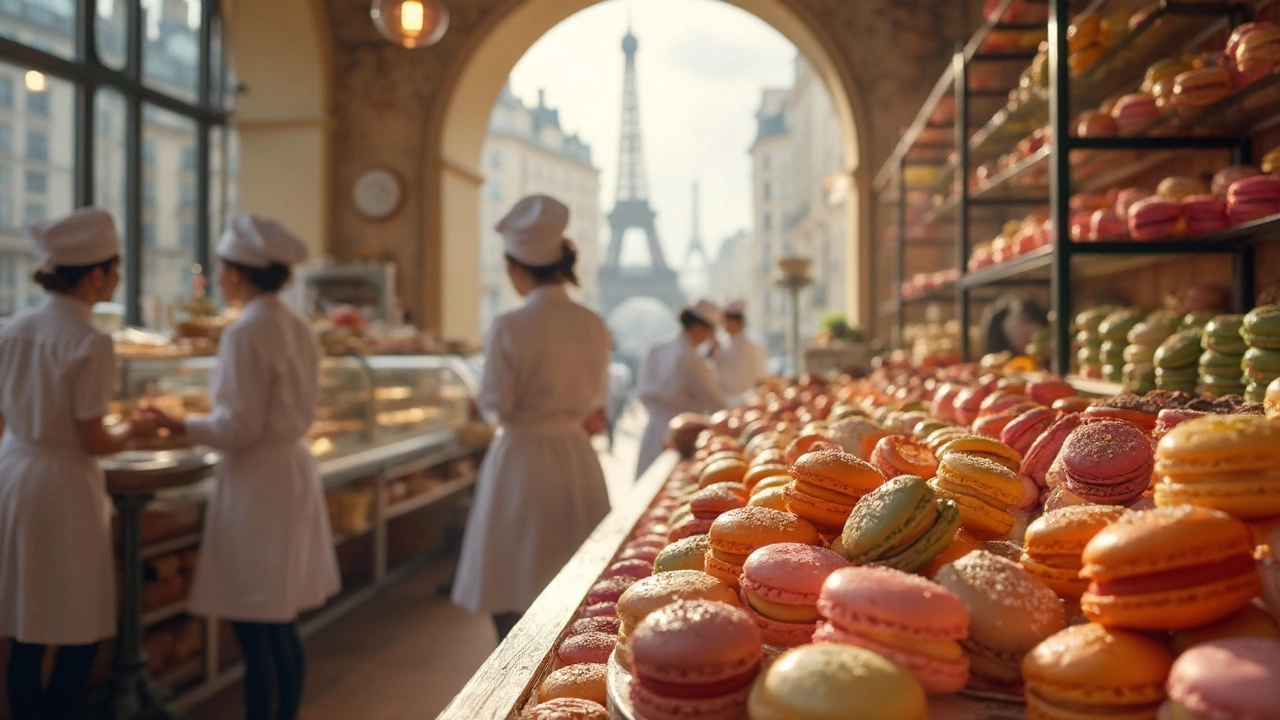
Macarons in Paris: What You Just Can’t Miss
Craving something special in Paris? This article gives you the lowdown on why macarons should jump to the top of your Paris food checklist. Find out what makes these little treats famous, where to score the best ones, and tips to pick flavors like a local. We’ll dig into the history, the baking secrets, and what makes a Parisian macaron so different. If you think all macarons are the same, get ready to be surprised.
View More
